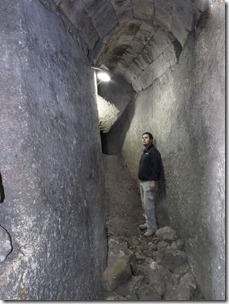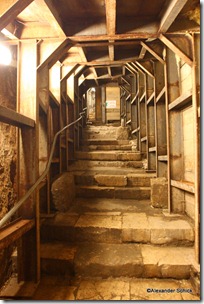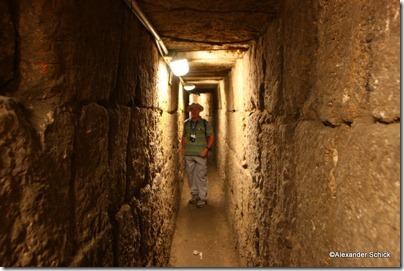The deteriorating situation in Egypt has affected the archaeological museum in Cairo. While some locals attempted to take advantage of widespread riots by looting the museum, other Egyptians formed a barricade to prevent access. Two mummies lost their heads before the army arrived. From the Associated Press:
Early Saturday morning, Egyptian army commandoes secured the museum and its grounds, located near some of the most intense of the mass anti-government protests sweeping across the capital.
Before the army arrived, young Egyptians — some armed with truncheons grabbed off the police — created a human chain at the museum’s front gate to prevent looters from making off with any of its priceless artifacts.
“They managed to stop them,” Hawass said. He added that the would-be looters only managed to vandalize two mummies, ripping their heads off. They also cleared out the museum gift shop.
The story reports that the museum is still threatened by the potential collapse of a neighboring building. Tanks are protecting the museum in Luxor.




